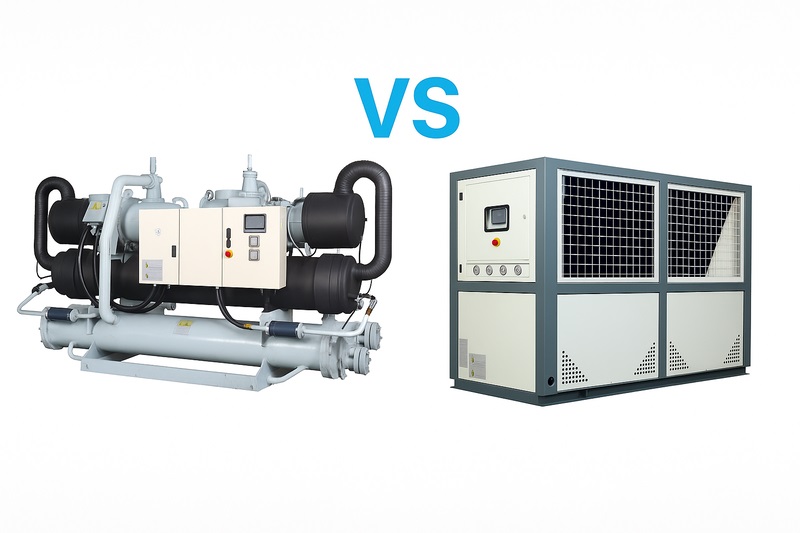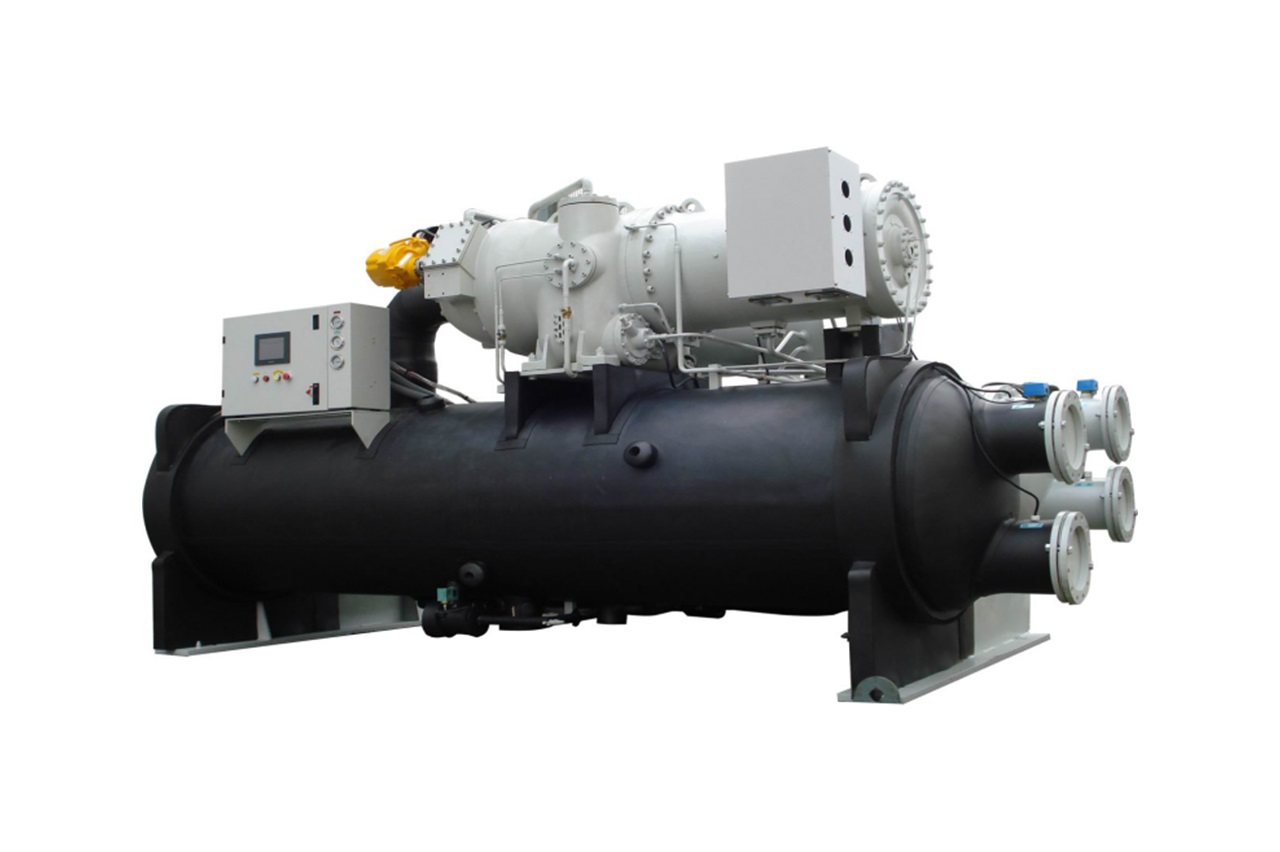Welcome to this in-depth article where I share my personal insights on boosting chiller system performance. I have worked in the industrial cooling field for over 20 years at IceStar Energy Technology Co., Ltd. I understand that you face challenges with rising energy costs and system inefficiencies. Many of you ask, “How can we improve the performance of our chiller system?” I have been in your shoes and know the importance of reliable and efficient cooling solutions.
Chiller performance can be significantly improved by following key strategies such as regular maintenance, optimized water treatment, implementing variable speed drives, adjusting operating parameters, and integrating smart controls. These methods help reduce energy consumption and ensure optimal operation while extending system life.
In this article, I will share with you practical methods to enhance chiller performance based on my professional experience. I will present the information in a clear format and include key points tables to help you quickly understand the concepts. Please follow along as we explore detailed strategies, answer important questions, and provide valuable external links that offer more neutral information.
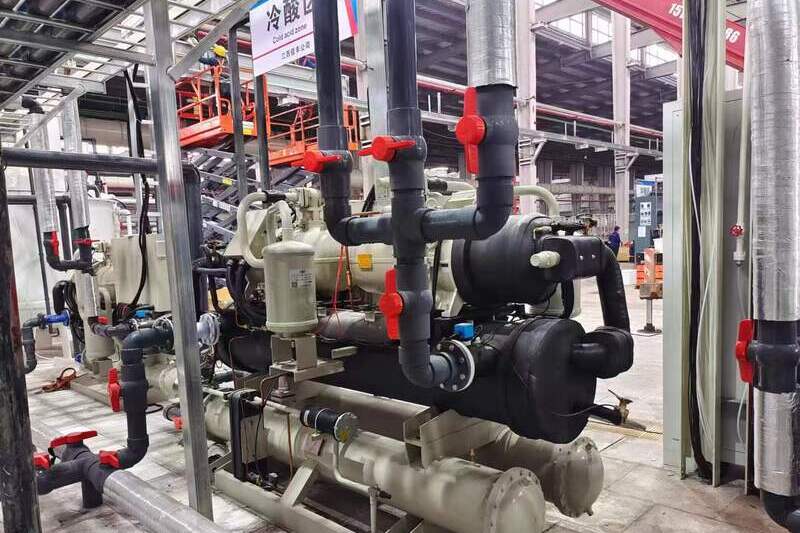
Improving Chiller System Performance
When I first began working with chiller systems, I quickly learned that proper care and smart upgrades are essential. Over the years, I have seen many facilities boost their system performance with a few strategic changes. This not only cuts energy costs but also prevents unexpected breakdowns.
Improving chiller performance involves several key methods: regular maintenance, water treatment optimization, installing variable speed drives, fine-tuning operating parameters, and using smart control systems. Each of these strategies is vital to reduce energy use and improve efficiency.
I have personally implemented these techniques and witnessed a marked improvement in system performance. For example, regular cleaning of condenser coils and replacing filters ensures that heat transfer remains efficient. Moreover, smart controls help monitor system performance in real time, allowing you to adjust settings quickly. These improvements not only extend the life of your equipment but also lower operating costs. For more detailed information, you might review the Wikipedia article on chillers.

Key Strategies for Enhancing Efficiency
Improving the performance of a chiller system starts with regular, careful maintenance. I always tell my clients that neglecting small issues can lead to larger problems. It is essential to inspect and clean components such as condenser coils, tubes, and heat exchangers. This prevents fouling and maintains efficient heat transfer. Additionally, check refrigerant levels frequently. Low refrigerant can compromise the compressor’s efficiency and lead to higher energy consumption. Replacing dirty filters is another small step that makes a big difference.
A well-maintained chiller system can operate at peak efficiency by combining regular cleaning, proper refrigerant management, and scheduled maintenance. This proactive approach reduces downtime and saves money on energy bills.
Furthermore, water treatment plays a critical role. I have seen how scale, corrosion, and biological growth can drastically affect performance. By implementing an effective water treatment program, you can prevent these issues and keep your system running smoothly. Moreover, integrating variable speed drives (VSDs) on chiller motors and cooling tower fans adjusts energy use to match cooling loads, especially during part-load conditions. Smart controls and plant sequencers further optimize operations by adjusting temperature and flow rates based on real-time demands.
Below is a summary table of key strategies:
| Strategy | Action | Benefit |
| Regular Maintenance | Clean coils, check refrigerant, replace filters | Prevents fouling and ensures efficient heat transfer |
| Optimized Water Treatment | Implement programs to prevent scaling and corrosion | Maintains system integrity and efficiency |
| Variable Speed Drives (VSDs) | Install VSDs on motors and fans to match output to cooling load | Reduces energy consumption and improves part-load efficiency |
| Operating Parameter Adjustments | Adjust temperature and flow rates to match actual cooling demand | Optimizes performance and reduces energy use |
| Smart Controls & Sequencing | Use real-time monitoring and plant sequencers to manage operations | Enhances overall system efficiency and reliability |
I have seen these strategies in action at many facilities, and they consistently lead to improved performance and energy savings. Each of these actions plays an important role in ensuring that your chiller system runs at its best. This holistic approach not only makes your system more efficient but also increases its lifespan.
Up to this point, we have discussed the core strategies to improve chiller system performance. We have explored regular maintenance, water treatment, VSDs, operating adjustments, and smart controls. These elements form the backbone of a highly efficient chiller system.
Now, let’s transition to a deeper exploration. I will answer specific questions that many of you might have. What are the key factors that affect chiller performance? What are the main components of a chiller system? And what are the common problems that occur in chiller systems? Answering these questions will help you understand your system better and guide you in making informed decisions.
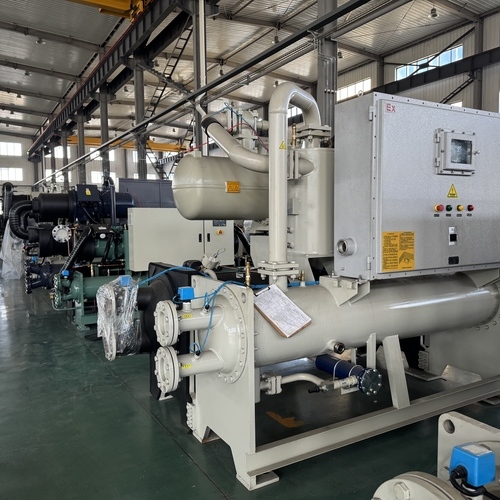
Factors Affecting Chiller Performance
When we consider chiller performance, several factors come into play. I have seen that performance is not just about the system itself but also the environment in which it operates. There are external conditions, internal components, and even your operational practices that impact efficiency.
Chiller performance is influenced by environmental conditions, system components, and operational practices. Factors such as ambient temperature, humidity, and altitude can affect how hard a chiller must work. Moreover, the efficiency of components like the compressor, evaporator, and condenser directly impacts overall performance.
In my experience, even small changes in the environment or maintenance schedule can lead to significant differences in performance. For instance, higher ambient temperatures increase the cooling load, requiring the chiller to work harder. Similarly, if your filters are clogged or if scaling occurs in the heat exchangers, efficiency drops sharply. It is essential to monitor these factors regularly and adjust your operations accordingly. For neutral insights on environmental impacts, check out the Wikipedia page on heat exchangers.
Below is a table summarizing key factors:
| Factor | Impact on Performance |
| Ambient Temperature | Higher temperatures increase cooling load and energy consumption |
| Humidity | High humidity makes latent heat removal more difficult |
| Altitude | Reduced air density at high altitudes can lower cooling capacity |
| Compressor Efficiency | Directly affects the system’s cooling capacity and energy use |
| Evaporator & Condenser Condition | Fouling or scaling reduces heat transfer efficiency |
| Maintenance Practices | Regular cleaning and filter replacement are crucial for sustained performance |
By understanding these factors, you can implement specific changes to improve your chiller system. Regular monitoring and adjusting operations based on these factors help in achieving optimal performance. This knowledge not only improves efficiency but also reduces the likelihood of unexpected failures.
Main Components of a Chiller System
Understanding the main components of a chiller system is essential. I have always found that a clear knowledge of these components empowers you to manage and maintain your system more effectively. A chiller system is built on several critical parts, and each plays a vital role.
A chiller system typically consists of four main components: the evaporator, compressor, condenser, and expansion device. Each component is integral to the refrigeration cycle and overall system efficiency. The evaporator absorbs heat, the compressor increases refrigerant pressure, the condenser releases heat, and the expansion device controls refrigerant flow.
Over the years, I have worked with various chiller systems and have seen that any issue with one component can affect the entire system. Maintaining each component in good condition is essential. For further neutral information, you might refer to the Wikipedia page on refrigeration.
Here is a table summarizing these components:
| Component | Function |
| Evaporator | Absorbs heat from the chilled water or process fluid, initiating the cooling process |
| Compressor | Increases the pressure and temperature of the refrigerant, driving the refrigeration cycle |
| Condenser | Rejects heat from the refrigerant to the environment, causing it to condense into a liquid |
| Expansion Device | Regulates the refrigerant flow, reducing its pressure and temperature before it enters the evaporator |
I have seen that when any of these components are not operating correctly, the chiller system’s performance drops significantly. Regular checks and timely maintenance are the keys to ensuring each component functions properly. This proactive approach prevents small issues from developing into major problems.
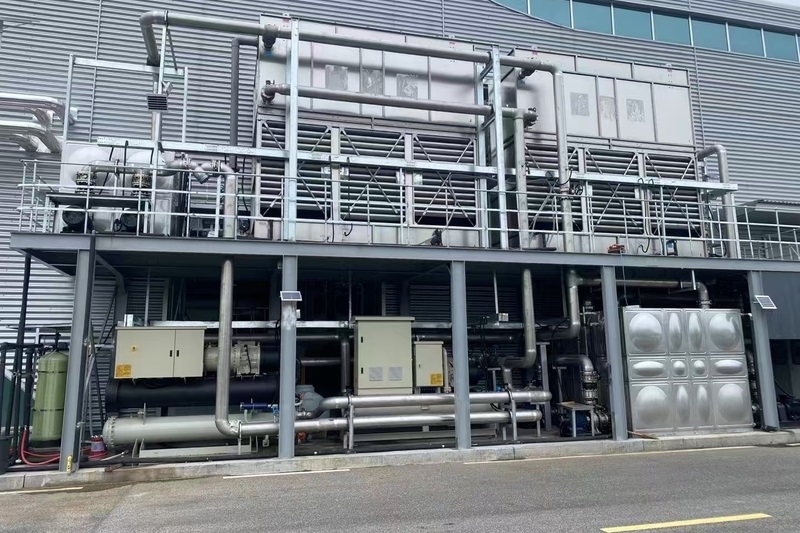
Common Problems with Chiller Systems
Despite best efforts, chiller systems can sometimes experience common problems. I have encountered issues ranging from insufficient cooling to operational inefficiencies. These problems can lead to increased energy use and unexpected downtime.
Common chiller problems include low refrigerant levels, compressor failures, clogged condenser coils, and iced-up evaporators. Operational issues such as inadequate maintenance and improper settings can worsen these problems. Recognizing these issues early helps in taking corrective measures promptly.
From my hands-on experience, I have learned that early detection is vital. Regular maintenance schedules and monitoring systems can help identify these issues before they become severe. I always recommend performing routine checks and following the manufacturer’s guidelines to avoid costly repairs. For more neutral insights on common refrigeration issues, check the Wikipedia article on refrigeration cycles.
Below is a table outlining some common problems and their potential causes:
| Problem | Potential Cause |
| Insufficient Cooling | Low refrigerant, compressor failure, or dirty condenser coils |
| Iced-Up Evaporator | Excess moisture or improper refrigerant levels |
| Operational Inefficiencies | Inadequate maintenance or incorrect operating parameters |
| Pump Failure | Insufficient pump power or mechanical wear |
| Refrigerant Leaks | Faulty seals or damaged piping causing loss of refrigerant |
By addressing these common issues early, you can improve the overall performance and reliability of your chiller system. I always stress the importance of a proactive maintenance program to my clients. Preventative measures not only enhance performance but also extend the life of your equipment.
Conclusion
In conclusion, improving the performance of a chiller system requires a multifaceted approach. Through regular maintenance, optimized water treatment, the use of variable speed drives, careful adjustments to operating parameters, and the integration of smart controls, you can achieve significant efficiency gains. I have seen firsthand how these strategies reduce energy consumption, extend equipment life, and lower operational costs.
Understanding the factors that affect performance, knowing the main components of your system, and addressing common problems early are essential steps in maintaining a high-performing chiller system. By implementing these measures, you not only protect your investment but also create a more sustainable and efficient operation.
At IceStar Energy Technology Co., Ltd, we are committed to helping you achieve the best performance from your chiller systems. If you have any questions or need customized solutions, please feel free to reach out. We are here to guide you every step of the way.
Thank you for reading this article. I hope the strategies and insights shared here provide you with valuable guidance to improve your chiller system performance. Your success in optimizing your system is our success, and we are always here to help you achieve operational excellence.

